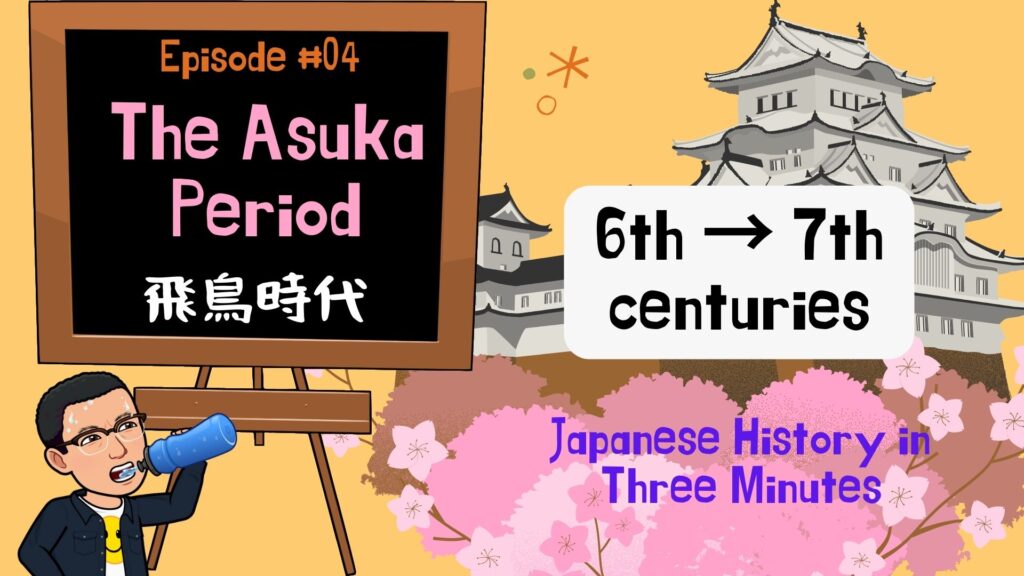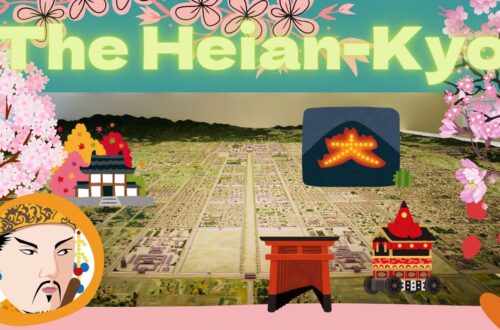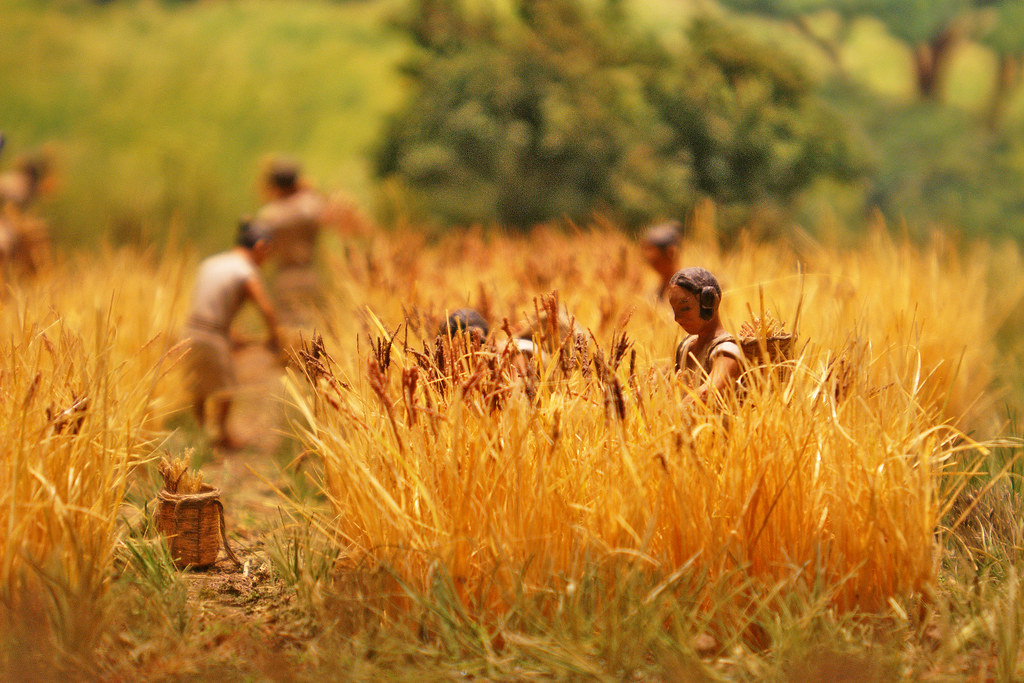
#04 The Asuka Period
Click here to go to the YouTube video

Hi, welcome to Japanese history in three minutes. I’m teacher Sat, a national government licensed guide interpreter living in Hokkaido, the northern part of Japan.

Our theme this time is the Asuka period.
Let’s take a look at Japan around the 6th and 7th centuries when Prince Shotoku was active and the Asuka culture flourished.

In the 6th century, the powerful Soga clan took control of the Yamato government. Soga Umako enthroned her niece, Empress Suiko. And her nephew, Prince Shotoku, was assigned to assist the empress in politics as regent.

Prince Shotoku established the twelve-level cap and rank system and appointed officials based on their merits and abilities, not their family background. He also established the Seventeen-Article Constitution and aimed to create an emperor-centric government.

Prince Shotoku dispatched Ono-no-Imoko as an envoy to the Sui Dynasty in China to introduce advanced Chinese culture to Japan. The envoys were accompanied by many students and monks, who learned about the political system and Buddhism in China and introduced them to Japan. In a letter sent by Prince Shotoku to the Sui Dynasty, he wrote, “The empress of a country where the sun rises sends a letter to the emperor of a country where the sunsets”. It is said that the emperor of the Sui Dynasty was very angry with this letter because he thought it was rude.

Soga Umako and Prince Shotoku placed great importance on Buddhism, and the Asuka region, where the Imperial Court was located, became the center of the first Buddhist culture in Japan. This is known as the Asuka culture. The Asuka culture is influenced by the cultures of the Korean Peninsula and China, as well as West Asia and Greece.

Horyu-ji Temple, built by Prince Shotoku, is the world’s oldest existing wooden structure and is registered as a World Heritage Site by UNESCO. Horyu-ji Temple is home to many cultural assets, including buildings such as the Golden Hall and the five-story pagoda, as well as artworks such as the statues of Shakyamuni triads and the Tamamushi Shrine.

Today’s Key Points.
First, Prince Shotoku implemented a number of reforms in order to create an emperor-centric government.
Second, Prince Shotoku sent envoys to China to introduce advanced culture and Buddhism to Japan, and to establish diplomatic relations with China on an equal footing.
Third, the Asuka culture, the first Buddhist culture in Japan, flourished mainly in the Asuka region, now Nara Prefecture. Horyu-ji Temple is representative of this culture.
That’s all for this episode. I hope you are interested in the history of Japan. I hope to see you again soon.





